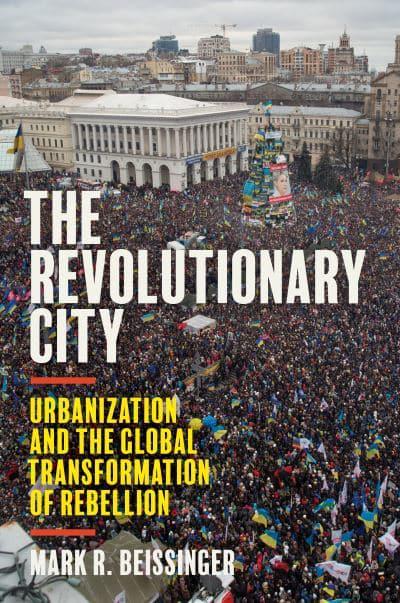The revolutionary city
urbanization and the global transformation of rebellion
- ISBN: 9780691224749
- Editorial: Princeton University Press
- Fecha de la edición: 2022
- Lugar de la edición: Princeton (NJ). Estados Unidos de Norteamérica
- Encuadernación: Rústica
- Medidas: 24 cm
- Nº Pág.: 592
- Idiomas: Inglés

How and why cities have become the predominant sites for revolutionary upheavals in the contemporary world
Examining the changing character of revolution around the world, The Revolutionary City focuses on the impact that the concentration of people, power, and wealth in cities exercises on revolutionary processes and outcomes. Once predominantly an urban and armed affair, revolutions in the twentieth century migrated to the countryside, as revolutionaries searched for safety from government repression and discovered the peasantry as a revolutionary force. But at the end of the twentieth century, as urban centers grew, revolution returned to the city-accompanied by a new urban civic repertoire espousing the containment of predatory government and relying on visibility and the power of numbers rather than arms.
Using original data on revolutionary episodes since 1900, public opinion surveys, and engaging examples from around the world, Mark Beissinger explores the causes and consequences of the urbanization of revolution in the late twentieth and early twenty-first centuries. Beissinger examines the compact nature of urban revolutions, as well as their rampant information problems and heightened uncertainty. He investigates the struggle for control over public space, why revolutionary contention has grown more pacified over time, and how revolutions involving the rapid assembly of hundreds of thousands in central urban spaces lead to diverse, ad hoc coalitions that have difficulty producing substantive change.
The Revolutionary City provides a new understanding of how revolutions happen and what they might look like in the future.
A Spatial Theory of Revolution 19
2 The Growth and Urbanization of Revolution 56
3 The Urban Civic Revolutionary Moment 103
4 The Repression–Disruption Trade-off and the Shifting
Odds of Success 151
5 Revolutionary Contingency and the City 198
6 Public Space and Urban Revolution 236
7 The Individual and Collective Action in Urban
Civic Revolution 271
8 The Pacification of Revolution 319
9 The Evolving Impact of Revolution 359
10 The City and the Future of Revolution 417






